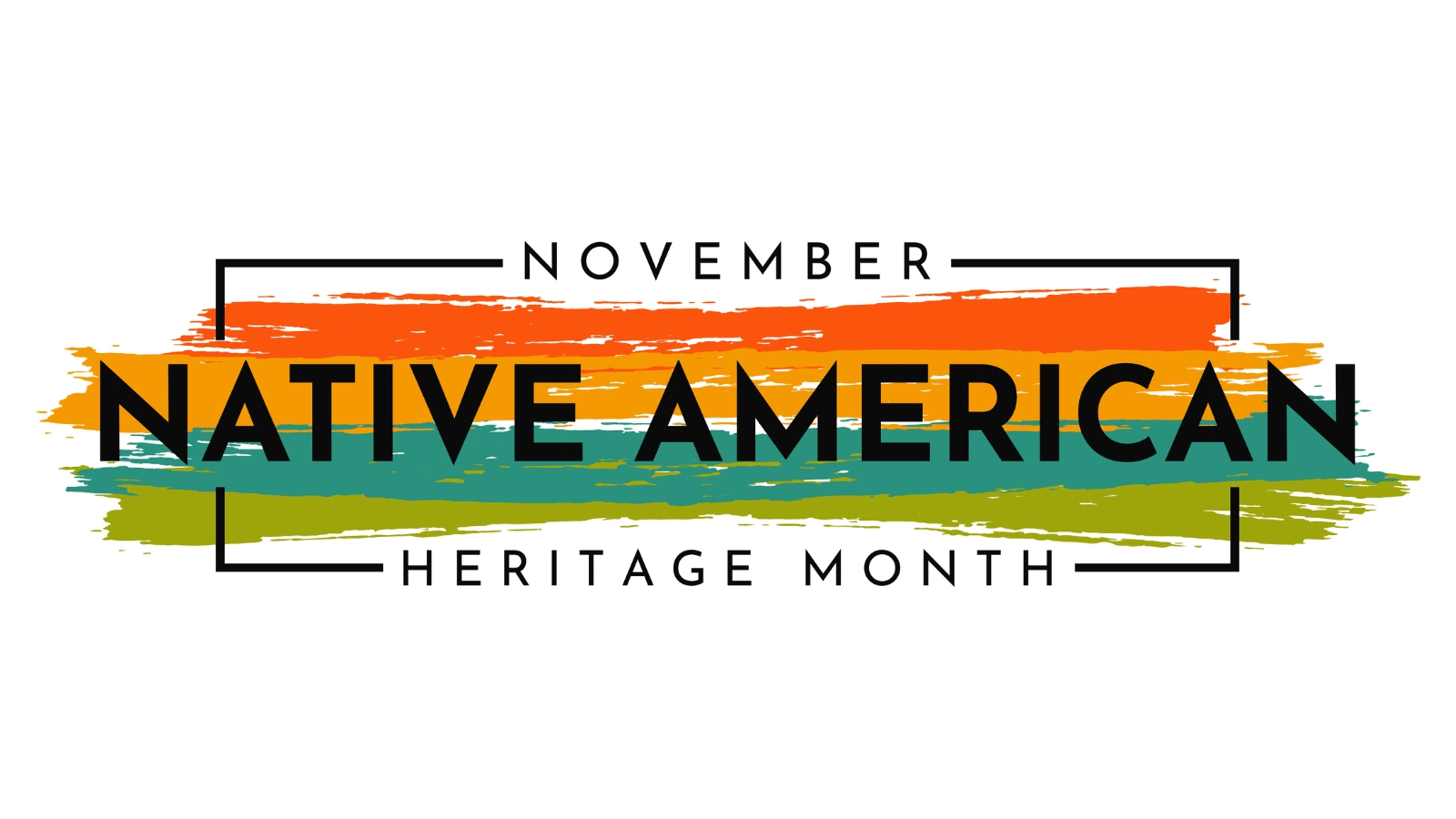
In November 1990, President George H. W. Bush signed a law designating November as National American Indian Heritage Month. The contributions of Native American Indians and efforts to honor and recognize these cultures have been going on for decades.
How It All Started: Gaining Recognition
One of the very first proponents for a day set aside to acknowledge the contributions of Native Americans was Dr. Arthur C. Parker, a Seneca Indian who held a prominent position as director of the Museum of Arts and Science in Rochester, NY. In May 1916, his efforts were realized when New York became the first state to recognize “American Indian Day.” A Blackfoot Indian named Red Fox James presented the endorsements of 24 state governments to the White House to designate a federal holiday recognizing American Indians as early as December 14, 1915. Efforts have continued since then, culminating in National American Indian Heritage Month.
Why We Celebrate: A Time for Meaningful Reflection
Native American Heritage Month offers a time to celebrate the contributions of this group to art, culture, and literature and to honor veterans of our armed forces. It is a moment to pause for meaningful reflection on the unpleasant past, to learn from it, and to acknowledge it. Indigenous people suffered great injustices, including colonization and forced assimilation, and yet today, they stand strong as a testament to their resilience and courage. The celebration of this month allows the wider community to be educated on these challenges and contributions to promote greater understanding and respect.
Respecting the Land We Stand On
One way of acknowledging this special month is by recognizing the first owners of the land you stand on. Whether you are from Los Angeles, New York, the east, west, north, or south in our great country, every inch of America has a connection to rich Native history. City landmarks, streets, rivers, and whole states are named to honor Indigenous people or with variations of their languages. Add a special thank you during a work or community presentation to acknowledge the land’s original owners, their language, and cultures; you, too, can help raise awareness about Native American Heritage.
Honoring Native American Veterans
Native Americans have a long and illustrious history of serving in the US military that is often under-recognized. Indigenous people have served in every U.S. war since the Revolution, fighting for American Independence in 1775. Indigenous people were part of the Allied forces during World War II, witnesses to the Holocaust, and did their part to bring an end to the war. Native Americans fought in the War on Terror after September 11, 2001. Today, Native Americans are among the most represented groups in the U.S. military compared to population size. During November, make a special effort to recognize Native American service members who have dedicated their time or lost their lives fighting for our country.
Learning About Native American Culture and Art: Now and Into the Future
Beautiful art, jewelry, and handicrafts are integral to the Native American culture and bring joy and wonder to us today. Native Americans’ contributions to the arts and sciences continue; many notable contemporary Indigenous authors, scholars, artists, law enforcement officers, and scientists come from established tribes across the U.S. By promoting diversity and inclusion during Native American Heritage Month and year-round, we can all live in a more respectful and understanding society.
We Stand with All People
We proudly offer the best insurance at the most affordable rates to people of all backgrounds and walks of life. We do not discriminate. If you have questions about starting a new plan or switching from an existing plan, our agency is here to help. Call us to schedule a personal consultation today.
Filed Under: Diversity & Inclusivity | Tagged With: Native American Heritage Month